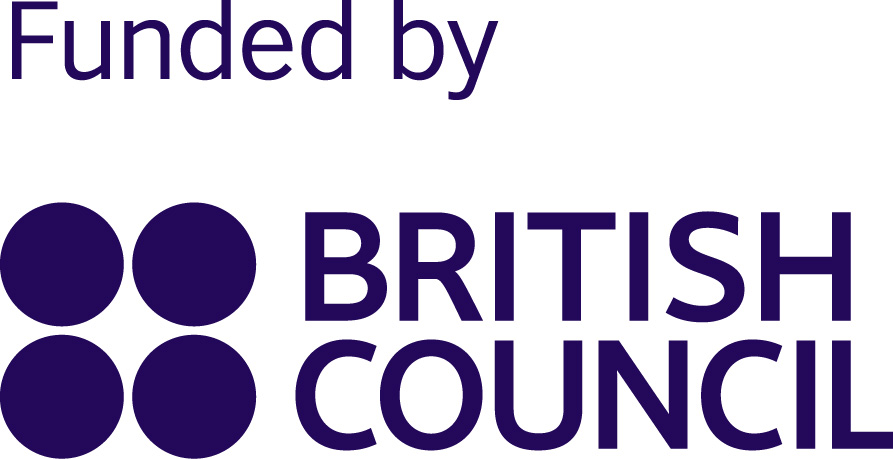Women in STEM (Science, Technology, Engineering, and Mathematics) face a range of barriers that can impede their entry, retention, and advancement in these fields. Understanding these barriers and developing strategies to overcome them is crucial for fostering a more inclusive and equitable STEM landscape. Here are the main barriers and ways to address them:
Societal and cultural barriers
- Gender stereotypes: Societal beliefs that men are naturally better suited for STEM careers can discourage women from pursuing these fields.
- Lack of role models: The scarcity of visible female role models in STEM careers can make it harder for young women to envision themselves in similar roles.
Educational barriers
- Gender bias in education: Teachers and educational materials can sometimes favor boys in STEM subjects, leading to a lack of encouragement and support for girls.
- Confidence gap: Girls often underestimate their abilities in math and science, which can discourage them from pursuing further studies and careers in STEM.
Workplace environment
- Hostile work culture: A male-dominated workplace culture can be unwelcoming or even hostile to women, making it difficult for them to integrate and succeed.
- Gender discrimination: Women often face discrimination in hiring, promotions, and pay, which can hinder their career progress.
Career advancement and work-life balance
- Limited advancement opportunities: Women may encounter glass ceilings and fewer opportunities for leadership roles in STEM fields.
- Work-life balance: STEM careers can be demanding, and women often bear a disproportionate share of family and caregiving responsibilities, making it difficult to balance work and personal life.
Institutional and policy barriers
- Inadequate support systems: There is often a lack of institutional support, such as mentorship programs, networking opportunities, and initiatives to promote diversity and inclusion.
- Educational pathways: The pipeline leading to STEM careers can be leaky, with fewer women pursuing advanced degrees in these fields due to early discouragement and lack of support.
Strategies to overcome barriers
Societal and cultural solutions
- Promoting positive role models: Highlight and celebrate successful women in STEM to inspire and encourage young girls to pursue these fields.
- Challenging stereotypes: Address and challenge gender stereotypes through media, education, and public awareness campaigns to change societal perceptions.
Educational solutions
- Inclusive education practices: Ensure that teachers are trained to recognize and address gender biases in the classroom, and provide equal encouragement and support to all students.
- Confidence-building programs: Implement programs and initiatives that build confidence in girls, such as coding camps, science clubs, and hands-on STEM activities.
Workplace solutions
- Creating inclusive work cultures: Foster inclusive workplace cultures by implementing diversity training, promoting zero-tolerance policies for harassment, and encouraging diverse teams.
- Addressing discrimination: Implement transparent hiring, promotion, and pay practices to ensure fairness and equity. Encourage reporting and addressing discrimination and bias incidents.
Career advancement and work-life balance solutions
- Mentorship and sponsorship: Develop mentorship and sponsorship programs to support women in their career advancement and provide guidance and advocacy.
- Flexible work arrangements: Offer flexible work arrangements, such as remote work options and flexible hours, to help women balance work and personal responsibilities.
Institutional and policy solutions
- Support systems: Establish institutional support systems, including networking opportunities, professional development programs, and resources for women in STEM.
- Promoting diversity initiatives: Advocate for policies and initiatives that promote diversity and inclusion within organizations and at the governmental level, such as funding for women-focused STEM programs and research.
Personal development solutions
- Skill development: Encourage women to pursue continuous learning and skill development to stay competitive and open up new opportunities.
- Building networks: Join professional organizations and networks for women in STEM to gain support, resources, and connections.
By addressing these barriers through comprehensive and multi-faceted strategies, it is possible to create a more inclusive and supportive environment for women in STEM, enabling them to thrive and succeed in their careers.





